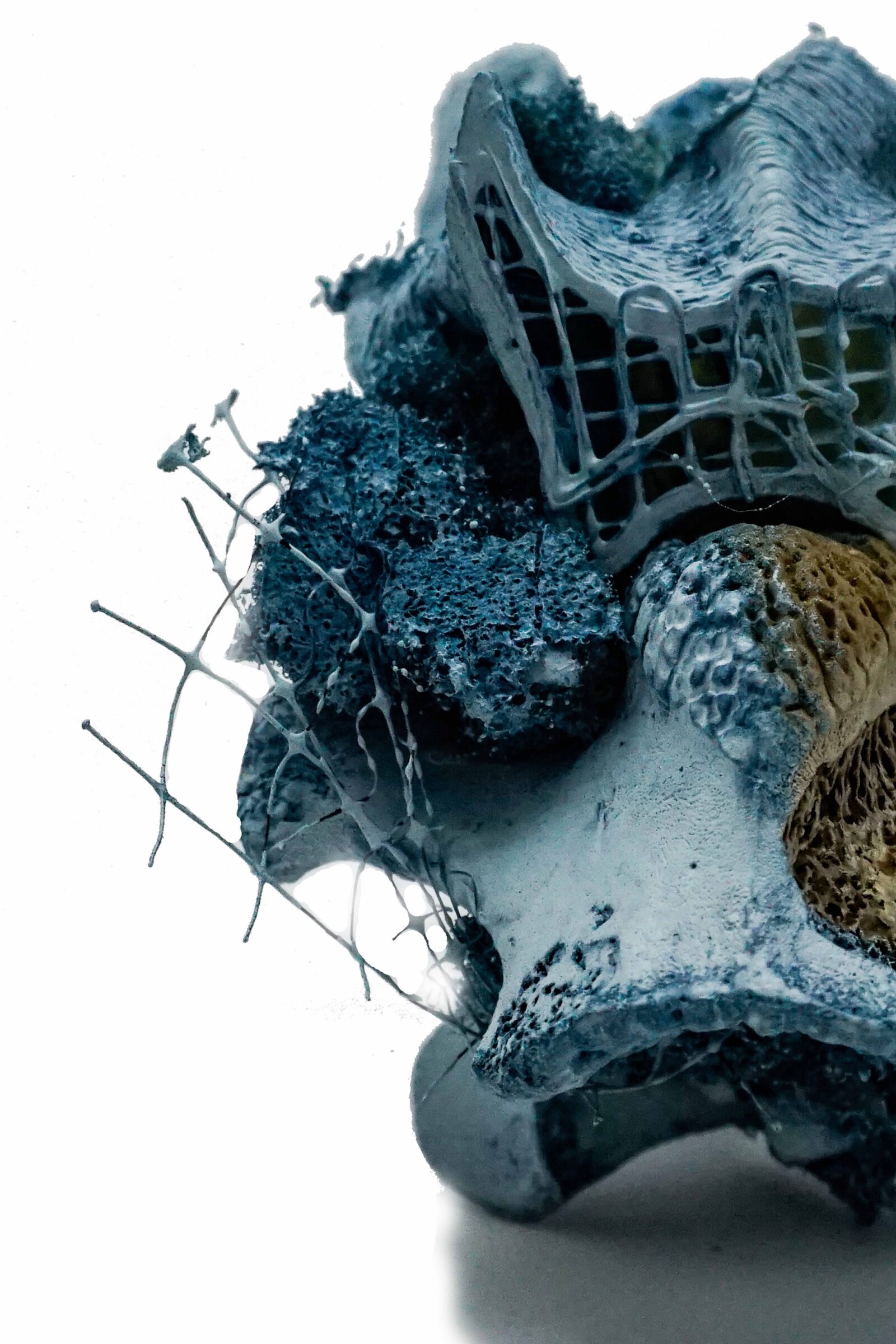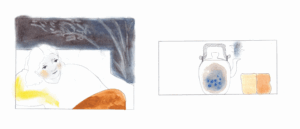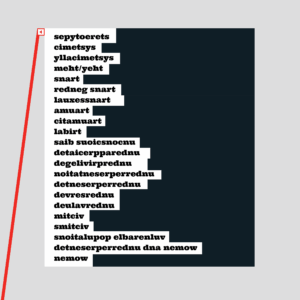Opening reception on Friday, February 7 from 6 - 8pm Plastic has become an unwitting colonizer of the natural body and ecosystem. Throughout time, humans have extracted fossil fuels to create plastic materials. Over time, these man-made materials break down and migrate microscopically. Through their abandonment, an act of our human carelessness, plastics on a...
Opening reception on Friday, February 7 from 6 – 8pm
Plastic has become an unwitting colonizer of the natural body and ecosystem. Throughout time, humans have extracted fossil fuels to create plastic materials. Over time, these man-made materials break down and migrate microscopically. Through their abandonment, an act of our human carelessness, plastics on a microscopic level have started to act of their own accord and seek reunion with the earth in any way possible, unknowingly causing pain and discord in the lives of animals. This crisis has spared no species.
In the bones of animals, discarded waste and microplastic fragments have begun to accumulate, fusing with calcium in strange and unprecedented ways. The waste reaches the animal’s internal systems and breaks into small parts, taking up room in tissues and the cavities between bones. As the fragments break down, they layer as brightly colored film across the surface of bones and accumulate inside bone structures. Peculiar rough outgrowths, sprouting from the surface of skeletal structures, has been witnessed: looking internally, these formations resemble 3D-printed netting or lattice, alluding to synthetic structures under the surface of the plastic. Some mimic the shapes of existing bones— replicas of ribs or vertebrae fused awkwardly to their originals—while others were entirely unrecognizable and bizarre. Rib cages became forests of brittle, lattice-like growths, and skulls bore porous ridges that extruded waste and microscopic remnants of plastic material.
Humans, who created these consequences, are also not immune to them; we are afflicted physiologically as well. Plastics follow within the body and all around us. How far can this transformation go? Is there a tipping point where organisms can no longer sustain life with plastic-infused bodies? Is this a new phase of evolution—one dictated not by nature, but by humanity’s waste?
McPherson is a metalsmith and jewelry artist from Adairsville, GA. She is a current MFA candidate working in Jewelry & Metalsmithing at the University of Georgia Lamar Dodd School of Art. Larissa holds a BS in Psychology from the University of West Georgia with a minor in Studio Art.
Speculative Adornment was made possible through research completed with the Wilson Center Research Grant at the Georgia Museum of Natural History and the Smithsonian Museum of Natural History. Animal bones used in the work were ethically sourced and processed by the artist.






